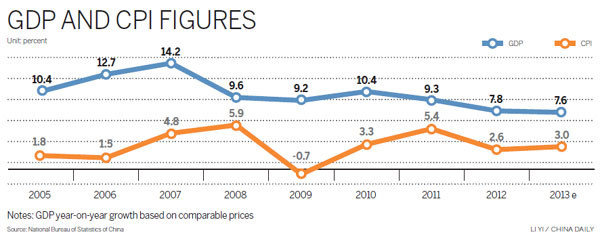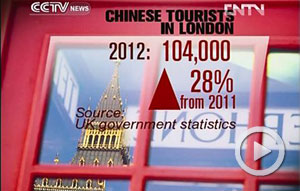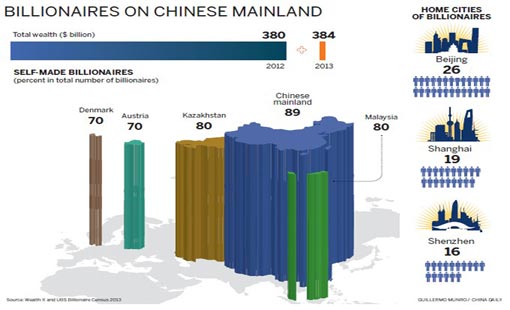Reform 'means slightly slower growth'
Updated: 2013-12-11 00:09
Nonetheless, the suggested numbers being proposed by researchers close to the government are useful, because they define the "comfort zone" of the economy, the range with which the government feels most confident.
The comfort zone, according to Zhang Shuguang, an economist with the Beijing-based Unirule Institute of Economics, is for GDP growth to stay between 7 and 7.5 percent. He gave that range in comments to the Securities Market Weekly.
Some analysts also believe that with a stronger global economy and robust domestic urban investment, China will easily achieve GDP growth somewhat higher than 7 percent in 2014.
One reason China doesn't need the double-digit growth rates of the past is it must change the economic growth model, researchers said.
Starting in 2014, policies must be more specific, whether they relate to monetary policy, the financial markets or urban development.
Just improving the fiscal system, a crucial aspect of reform, requires a daunting series of efforts, as suggested by the State Information Center.
The efforts include expanding the size of the fiscal deficit and government debt, allowing local governments to increase their tax revenues (especially from taxes on consumption and property), strengthening budgetary controls and building a standardized and open market for local government debt.
Few forecasts have touched on the subject of unemployment. For example, how will as many as 7 million college graduates find jobs? These issues are yet to be seriously discussed.
But they are top concerns for the leaders. As Premier Li Keqiang said many times, the urban job market is most sensitive to GDP growth. If growth is sluggish, it can be socially destructive. He said ideally, China should try to maintain GDP growth of at least 7 percent from now to 2020.







